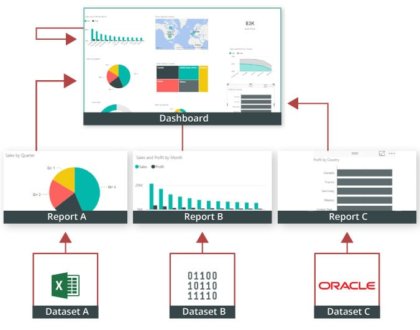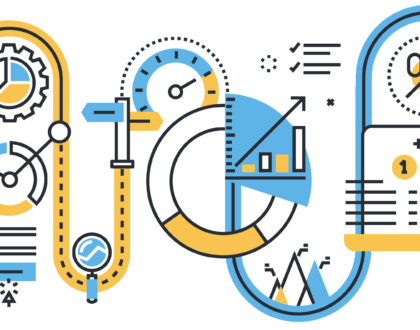WHY BUSINESS INTELLIGENCE SHOULD BE CONSIDERED FOR HOSPITALS

by
Business Intelligence (BI) for healthcare would be one big issue Kenya should be looking into.
There are many questions decision makers in a hospital can ask themselves concerning the day to day operations of a hospital.
These questions are answered best when they are referenced from data accumulated over time.
I believe the oldest health facility in Kenya was found in 1901. As a BI consultant, I believe that at the mark of 50 years, the facility must have accumulated enough data to stabilize the hospital in all management angles.
Data is power. Data captured since from a call is made to order an ambulance to the time a patient signs out from the security office at the gate can help decision makers come up with positive impact healthcare delivery. Therefore, data accumulated from 1901 to date from Kenya’s oldest health facility is enough to drive the health facility to meeting international levels.
In a nutshell, the success of an organization can be credited to its historical data.
The population is growing day by day, therefore making hospitals receive more patients as days go by. This leaves leaders in a hospital with pressing issues such as:
- Balancing time, priorities and task: leaders may need to borrow different resources from a variety of departments within the organizations to streamline this. A problem may arise when there are limited funds to make the work a success making a health facility to reduce its productivity in the long run.
- Managing mandates and regulations: Some departments in a health facility might work best to meet their goals, others might lag behind but because they might seem that their demands are lesser in the hospitals day to day operations, but at a long run, they might lag far behind and lead to less production in relation to what is expected from them.
- Technology cost: With many departments in hospitals, there are many technologies used to increase productivity, these technologies are independent from each other leading to a problem when top management wants to look at the reports. Every report comes on its own way giving hard time to managers to go through leading to bad decision making.
- Staffing and Training: Hospitals continuously face trouble staffing and training current stuff. This comes as a result of hardship to rate who needs training and which departments needs more stuffing.
All the listed issues can be answered easily from use of Business Intelligence techniques.
With Business intelligence techniques, data from different departments in a hospital can be integrated into one centralized point and used to generate very powerful reports that will help management team to come up with the best decisions to increase productivity and utilize workers in the best way.
Business Intelligence Techniques not only help create reports for only decision makers, but to all people who interact with data. The sweetness of BI might be felt well by people who prepare reports to the top management.
Services offered by business intelligence techniques are;
- Data Integrations: BI Developers use various techniques to pull data from one point to another. This will help most in bringing together data from different departments (or systems) into one centralized point. Data in one point makes it easy for developers to make their reports.
- Data Warehousing: This is a special repository for reporting where data can be accessed across the entire establishment (Note: All security measures are considered here). This repository consists all data of the hospital departments.
- Data Analytics: This is the methodical exploration of the hospital data to gain insight that informs hospital decision makers come up with best decisions and it drives innovations.
- Visualizations and reporting: For the management to understand well their data, there must be a well-trained BI Developer who should work on the data to give best representation of the data through reports and visualizations. After data has been assembled in one centralized point, reporting can be done. With Business Intelligence techniques, data can be visualized on dynamic and ad-hoc reports. The management can dig into any report they want using their own metrics. The reports are best made in a summary form of charts, trendlines, bar graphs etc.
- Data Cleanup: In Most cases HMIS users might enter data that have errors, this can be easily trapped by business intelligence techniques and modified.
Advantages of Business Intelligence Solution to Health Facilities
- Analyzing a hospital’s disparate data sources, permitting users to execute queries without the assistance of technical staff;
- Analyzing patterns in sales, trends, pricing, and customer(Patient’s) behavior to assist in the business decision-making process (Marketing, CRM & Sales);
- Fraud Detection;
- The electronic storage of a large amount of information by a business for use in exploration and data mining;
- Streamline the visual presentation of large, complex sets of data for better business decision making;
- Integrating multiple IT systems that cater to different departments, functions, and stages in their internal cycles;
- Immediate access to the vital information to enable executives, managers, analysts, and frontline workers need to most productively perform their jobs.
Implementing BI solutions for a health care facility would not only streamline operations, it would boost productivity, reduce redundancy and generally optimize the performance of the hospital.
Author: Stephen Barry Okwaro
Title: Business Intelligence Consultant
Certification: Microsoft Certified Professional
Organization: Pathways International LLC




